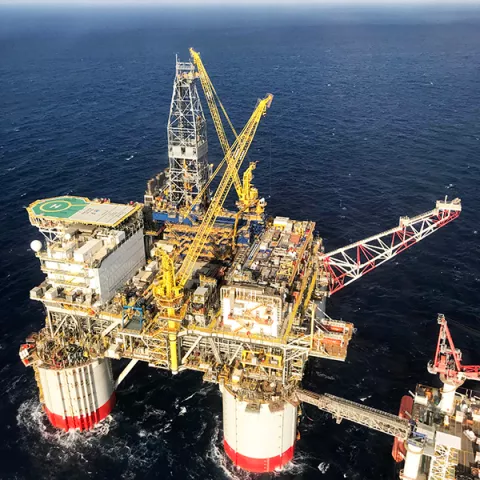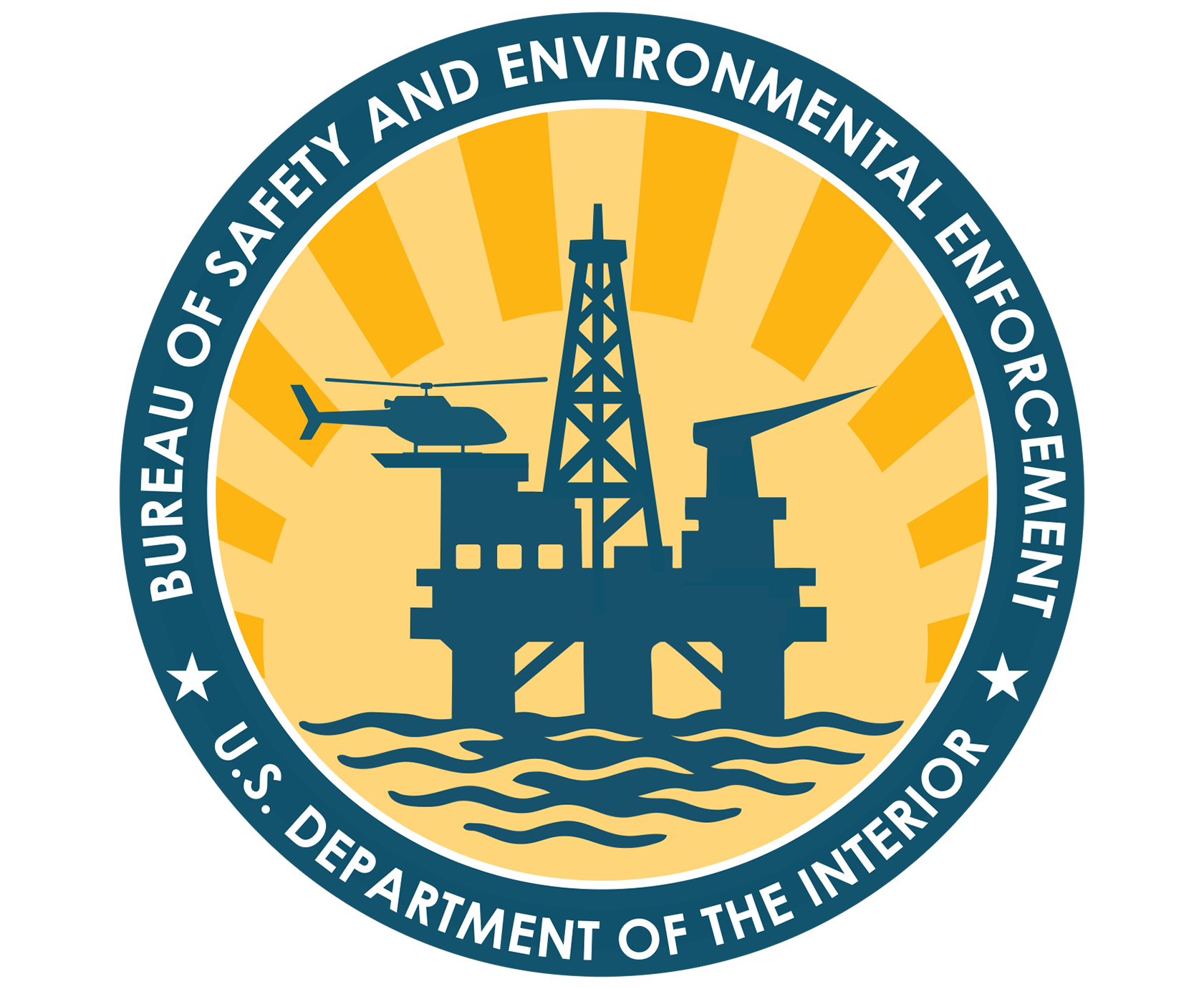
You are viewing ARCHIVED content published online before Jan. 20, 2025. Please note that this content is NOT UPDATED,
and links may not work. Additionally, any previously issued diversity, equity, inclusion or gender-related guidance on
this webpage should be considered rescinded. For current information, visit
News Items | Bureau of Safety and Environmental Enforcement.
NEW ORLEANS - The Bureau of Safety and Environmental Enforcement recently conducted its final pre-production inspection of Chevron’s Big Foot tension leg platform, moored in the Gulf of Mexico about 225 miles south of New Orleans. BSEE deemed it safe for operation on Nov. 15, 2018, and five days later it saw first oil.
“The mission of the Bureau of Safety and Environmental Enforcement is to ensure offshore oil and gas companies operate in a safe and environmentally sustainable way,” said Amy Pellegrin, BSEE’s Houma District acting district manager. “Big Foot is the second deepwater production facility to come on line in our district this year and we’ve been monitoring their activities to ensure they meet all federal regulations.”
From the time an oil company decides to pursue a project until it actually begins producing usually takes about 10 years. In Big Foot’s case, that time was extended by a few years because of technical difficulties involving the 16 mooring tendons during the initial installation in 2015. Those issues had to be resolved before the platform could be attached and operated safely.
After the mooring complication, BSEE continued to monitor Chevron's plans to secure and stabilize the mooring lines.
Big Foot’s mooring tendons needed to better withstand a strong loop current, which is an ocean current that transports warm Caribbean water through the Yucatan Channel between Cuba and Mexico and up through the Gulf of Mexico.
“New technologies and innovation are brought into each new platform design,” said Devon Hillman, BSEE Gulf of Mexico petroleum engineer. “As operators take on more deepwater exploration and production, they adapt to the many challenges deepwater brings.”
BSEE’s role is to ensure those adaptations are safe and environmentally sustainable.
BSEE conducted several production safety system reviews and pre-production inspections prior to approving Chevron’s move to begin production on Big Foot.
“With each physical inspection, we confirmed that Chevron’s schematics, diagrams and plans were accurate and that the systems would operate as designed,” Pellegrin said.
The Big Foot platform is located in the Walker Ridge 29 area of the Gulf of Mexico in about 5,200 feet of water and it has a capacity of 75,000 barrels of oil and 25 million cubic feet of gas per day.
The Houma District is one of five district offices in BSEE’s Gulf of Mexico Region and regulates multiple shallow and deepwater oil and gas platforms, drilling rigs and subsea pipelines.
###
